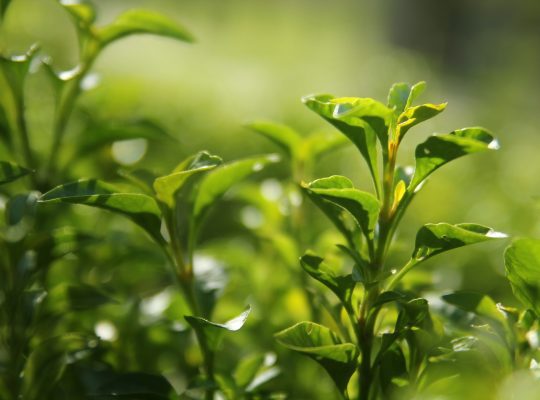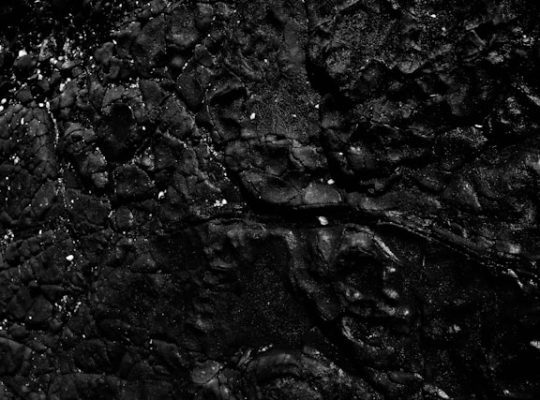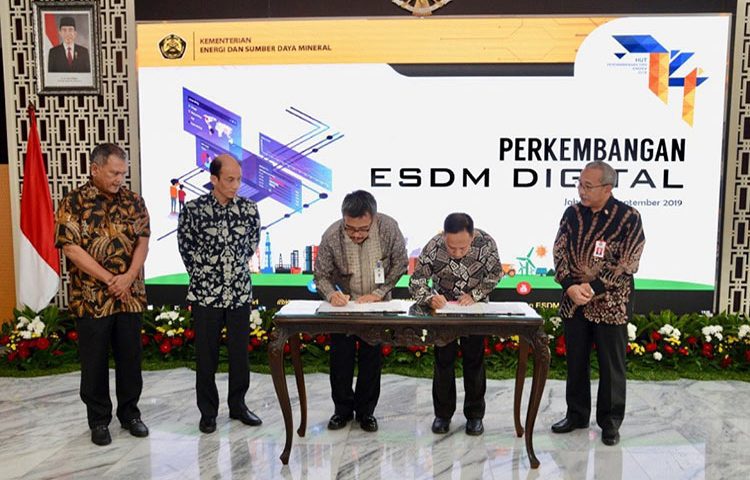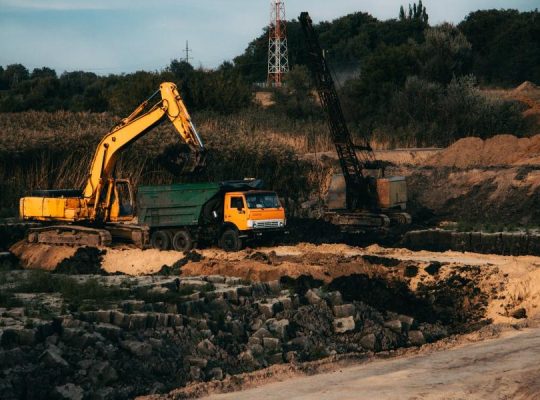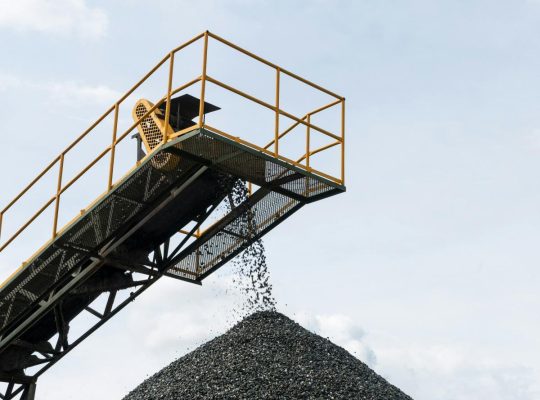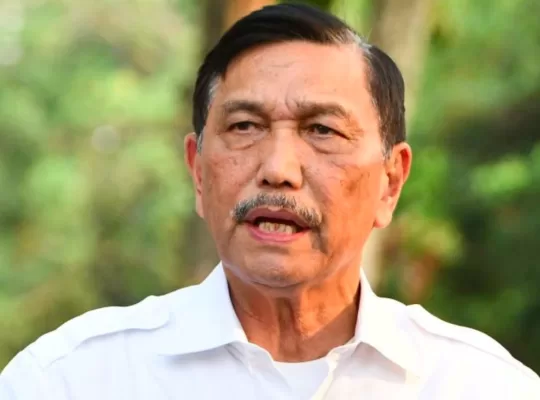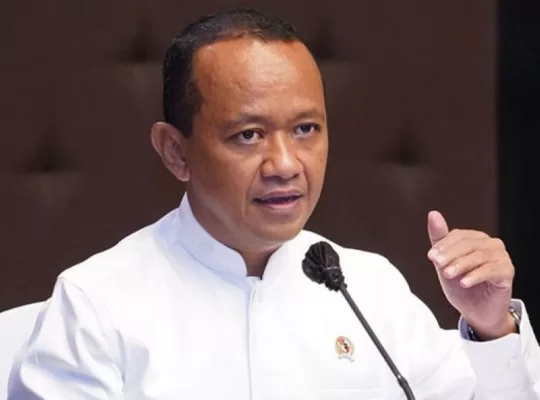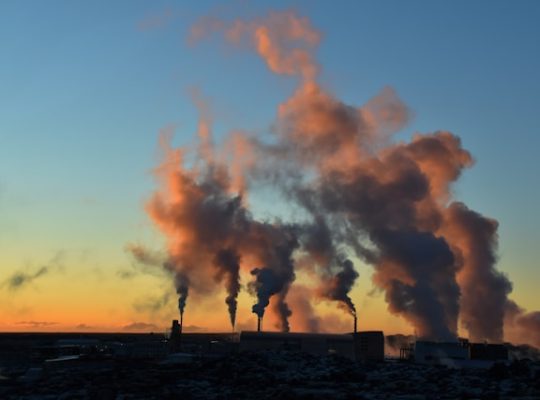In an effort to enhance Indonesia’s competitive edge both locally and on the global stage, the Ministry of Energy and Mineral Resources has unveiled a list of 22 minerals deemed vital for the country’s strategic industrial growth. This array of commodities includes everything from tin and nickel to the lustrous allure of gold.
This pivotal move is articulated in the Ministerial Decree Number 69.K./MB.01/MEM.B/2024, which aims to nurture the downstream optimization of mineral resources within Indonesia. These minerals are recognized for their critical role in fueling strategic domestic industries, thus spurring robust national economic health and more substantial state revenues.
Minerals on the strategic list are earmarked for various crucial sectors. These include raw materials for industries as diverse as health care, incorporating pharmaceuticals, cosmetics, and medical devices, and extend to cutting-edge realms like electric vehicles, solar energy, capital goods, electronics and ICT, and military hardware.
Spotlighting the significance of these key resources, they are also acknowledged for their potential to dominate international markets, their impact on the nation’s foreign exchange reserves, and their extensive use in critical industries.
This classification by the ministry shapes the decision-making process in numerous governmental functions. It influences everything from the crafting of mining and mineral-based industry policies to the issuance of related business permits, the direction of exploration efforts to bolster resources, the reference pricing for minerals, prioritization for national use, research initiatives, fiscal policies in the mining sector, and even international partnership strategies.
Detailed below are the 22 minerals recognized as strategic assets by the Indonesian government:
- Aluminium (bauxite)
- Antimony (antimony)
- Iron (iron ore, beach sand)
- Gold (gold)
- Phosphorus (phosphate)
- Galena (lead)
- Cobalt (cobalt)
- Chromium (chromite)
- Rare Earth Metals (rare earth)
- Magnesium (magnesium)
- Manganese (manganese)
- Molybdenum (molybdenum)
- Nickel (nickel)
- Silver (silver)
- Platinum (platinum)
- Zinc (zinc)
- Silica (quartz sand, quartzite, quartz crystal)
- Copper (copper)
- Tin (tin)
- Titanium (titanium)
- Vanadium (vanadium)
- Zirconium (zircon)
As an aside, the Ministry of Energy and Mineral Resources has reported that the Indonesian Crude Price (ICP) experienced a notable increase in March 2024, indicating a positive shift in the global oil market, potentially influenced by geopolitical events and supply-demand dynamics.
This list, combined with the ministry’s latest announcement on the rise in oil prices, demonstrates Indonesia’s continued focus on managing its essential commodities and enhancing its position within the international resource marketplace.
This revised version contains the same factual content conveyed in a more conversational English tone while still ensuring the essence and key points from the original article are maintained.


